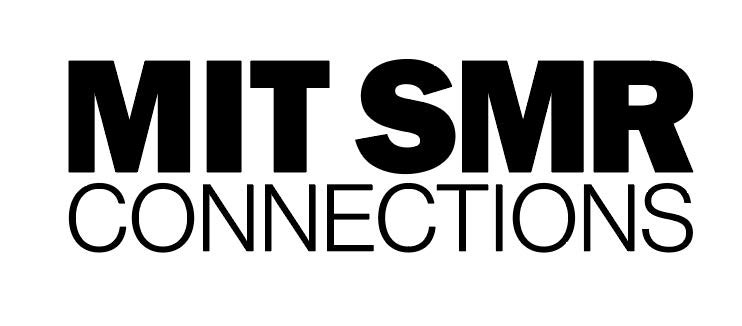Robots have long been a source of anxiety for humans. When not terrorizing us as theme park hosts or returning from the future to alter our timelines, they have embodied all our worst fears of work automation and job displacement. The COVID-19 crisis has seen the rapid adoption of robotics in a wide array of industries, from healthcare to logistics, and in doing so, given us a preview of what a mechanized world of a trillion, interconnected bots might be like. It is easy to assume this will be a zero-sum game: robots will replace humans like for like. The reality is more complex and potentially more challenging if we don’t act now to transform the way we think about work.
We have a long and complicated history with robots. In a sense, they were a mirror to ourselves and our fears about a soulless other. The ancient Greeks told a story of Pygmalion, a sculptor who fell in love with a statue he had carved, which later came to life. During the Renaissance, the wealthy courts of Europe became obsessed with automatons – intricate clockwork androids capable of pre-programmed actions. Leonardo da Vinci, for example, created a mechanical knight that was unveiled at a party hosted by Ludovico Sforza at the court of Milan in 1495. It could stand, sit, and raise its visor. Following the Industrial Revolution, our focus started to shift. We began connecting our Frankenstein dread of reanimation with the rise of automation in mass production, and its impact on the worker.
Our fears of job destruction were not entirely unfounded. Even before the pandemic, robots were arriving in greater numbers – not only in the traditional areas like automotive manufacturing and electronics, but also in retail and foodservice, and the warehouses and supply chains of e-commerce giants.
When the pandemic first hit in China, robots proved essential. Robots made for spraying crops, patrolling malls, and delivering packages were adapted for use on the front lines of the crisis -distributing medicine, disinfecting hospitals, transporting test samples, interacting with patients and providing contact-less food service for citizens quarantined at home.
While we tend to think of robots anthropomorphically, or as creepy analogs of household pets, the current crisis has helped us see that they are pieces of a vast, algorithmic infrastructure capable of powering the world of tomorrow. Consider the possibilities: driverless vans, ships and trucks for rapid delivery; automated factories that run in the dark; machine learning platforms that adapt and self-optimize; 3D printers for manufacturing close to the customer; digital twins for remote factory operation; and 5G networks for low latency drone communications.
And yet the big question remains: what does this mean for jobs? A 2017 report by global consultants McKinsey predicted a third of workers in the U.S. would be replaced by automation and robots by 2030. They were right about the job losses, just not about the timing or the prime cause. Almost 23 million U.S. jobs were created in the last decade. In April 2020, they were mostly all gone – not as a result of technological obsolesce, but potentially the exact opposite. The lack of automation meant that many businesses and industries could not function safely or operate effectively remotely – and so had to close, laying off millions of people.
As economies recover, there is often an incentive to prioritize machines before people. In the last crisis of 2008, the decline in interest rates relative to wages accelerated the investment in robotics and automation. This trend was not just limited to manufacturing. Think of the empty trading floors in the finance world, where thousands of traders have now been replaced by algorithms. What is missing from this analysis is the incredible boom over the last decade in jobs that never existed before. If you see automation as purely a zero-sum game, where robots replace static human jobs – you miss the more interesting question: how does automation change what it means to do valuable work?
Many professions will need to change in the next few years. The surgeons of the future will spend less time wielding physical scalpels, and more time focused on surgical strategy or training their robots in more routine tasks; factory workers will no longer be exclusively co-located in plants, but will also design and optimize digital production lines remotely; couriers will manage local delivery businesses but will do so through small fleets of drones; while truck drivers will bid and compete for lucrative cargo runs but will do so remotely with their autonomous rigs, rather driving themselves.
When I wrote my last book, The Algorithmic Leader: How to be smart when machines are smarter than you, I was concerned that the rise of AI would radically reshape the future of work by 2030. I argued that education and training were essential to avoid future inequality and that we needed to do more now to prepare leaders for the new capabilities they would need. What I never expected was that as a result of the pandemic, we might get a decade’s worth of digital transformation in just 12 months. For anyone hesitant about rethinking their skills and the future of their careers, that should be a wake-up call.
So yes, the robots are coming, but no – we shouldn’t be worried. The robot revolution will mean our factories, farms, supply chains, and businesses will be able to continue to work even when we cannot – in this crisis, or the next. The most significant risk to our future prosperity and safety is not viral outbreaks but shutdowns and systemic shocks to our economic and financial system. In that respect, it would be wise to recognize that this current crisis is also a preview of what a job-destroying robopocalypse might be like – if we neither prepare nor take the time to reimagine what we do. The new world needs new jobs. The time for transformation is here.





